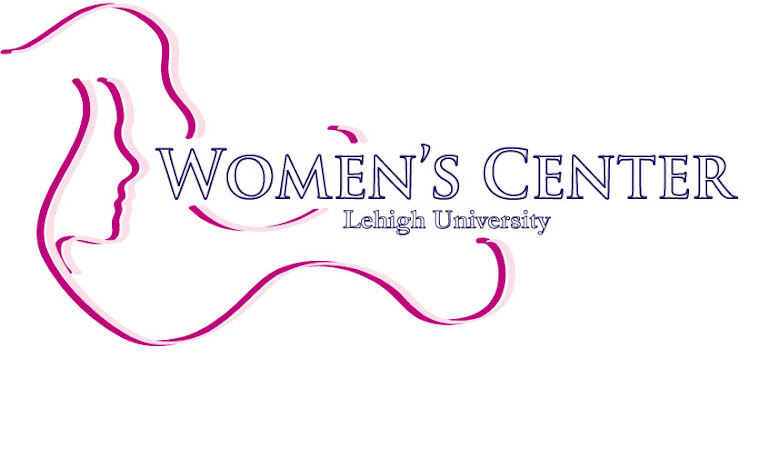Several days ago, I turned on the news and listened half-heartedly to what was going on in the world between sips of coffee. It was early; I was tired. I didn’t expect to hear the story of 18-year-old Tyler Clementi, a gay Rutgers University freshman who committed suicide on Wednesday after his roommate and a friend streamed videos of Tyler’s sexual relationship online.
After looking into this story from other sources, I learned that this case, though devastating, was not unique. In the past three weeks, there have been at least five known suicides of LGBT youth, most of which seem to have been in response to harassment and bullying by their peers. The classmates of Asher Brown, 13 years old, teased him and performed mock homosexual acts in gym class, which went unpunished. Seth Walsh, 13 years old, couldn’t deal with the constant torment from his fellow students and died in a hospital days after attempting suicide. Billy Lucas, 15 years old, was called a “fag” and told by classmates to kill himself. Raymond Chase, 19 years old, was a sophomore at Johnson and Wales University and presumably endured bullying because of his sexuality.
The suicides of these children may seem like a faceless statistic – just five of thousands of victims of bullying - but they were someone’s friend, someone’s child, someone’s neighbor. They had their entire lives ahead of them. It’s an absolute tragedy that their lives were cut short due to the unnecessary pain they were experiencing. Who knows how many LGBT kids have similar premature deaths or silent sufferings as a result of intolerance?
I can’t help but think, “what if?” What if someone could have intervened and convinced them that it’s okay to be themselves? What if they had known more about the resources available to them? It is unfortunate that children continue to be deprived of resources, information, and role models in their lives. I would like to mention the “It Gets Better” Project, a YouTube video series created by Dan Savage, which promotes the message that - no matter how people treat you now – it gets better. Adult members of the LGBT community can submit videos explaining their story and how it gets better. Projects like this are taking a step in the right direction and providing hope to teens going through similar experiences.
I hope that our society can look at these incidents as a wake-up call and change attitudes about sexual identities in a positive way, rather than neglecting others who need support and encouragement. If we are not compelled to initiate change, we are dishonoring the memories of these children’s lives. I hope that it will not take any more stories like these for people to be inspired to take serious action against LGBT bullying and that there will be a brighter dawn for future children in these circumstances.
After looking into this story from other sources, I learned that this case, though devastating, was not unique. In the past three weeks, there have been at least five known suicides of LGBT youth, most of which seem to have been in response to harassment and bullying by their peers. The classmates of Asher Brown, 13 years old, teased him and performed mock homosexual acts in gym class, which went unpunished. Seth Walsh, 13 years old, couldn’t deal with the constant torment from his fellow students and died in a hospital days after attempting suicide. Billy Lucas, 15 years old, was called a “fag” and told by classmates to kill himself. Raymond Chase, 19 years old, was a sophomore at Johnson and Wales University and presumably endured bullying because of his sexuality.
The suicides of these children may seem like a faceless statistic – just five of thousands of victims of bullying - but they were someone’s friend, someone’s child, someone’s neighbor. They had their entire lives ahead of them. It’s an absolute tragedy that their lives were cut short due to the unnecessary pain they were experiencing. Who knows how many LGBT kids have similar premature deaths or silent sufferings as a result of intolerance?
I can’t help but think, “what if?” What if someone could have intervened and convinced them that it’s okay to be themselves? What if they had known more about the resources available to them? It is unfortunate that children continue to be deprived of resources, information, and role models in their lives. I would like to mention the “It Gets Better” Project, a YouTube video series created by Dan Savage, which promotes the message that - no matter how people treat you now – it gets better. Adult members of the LGBT community can submit videos explaining their story and how it gets better. Projects like this are taking a step in the right direction and providing hope to teens going through similar experiences.
I hope that our society can look at these incidents as a wake-up call and change attitudes about sexual identities in a positive way, rather than neglecting others who need support and encouragement. If we are not compelled to initiate change, we are dishonoring the memories of these children’s lives. I hope that it will not take any more stories like these for people to be inspired to take serious action against LGBT bullying and that there will be a brighter dawn for future children in these circumstances.

No comments:
Post a Comment